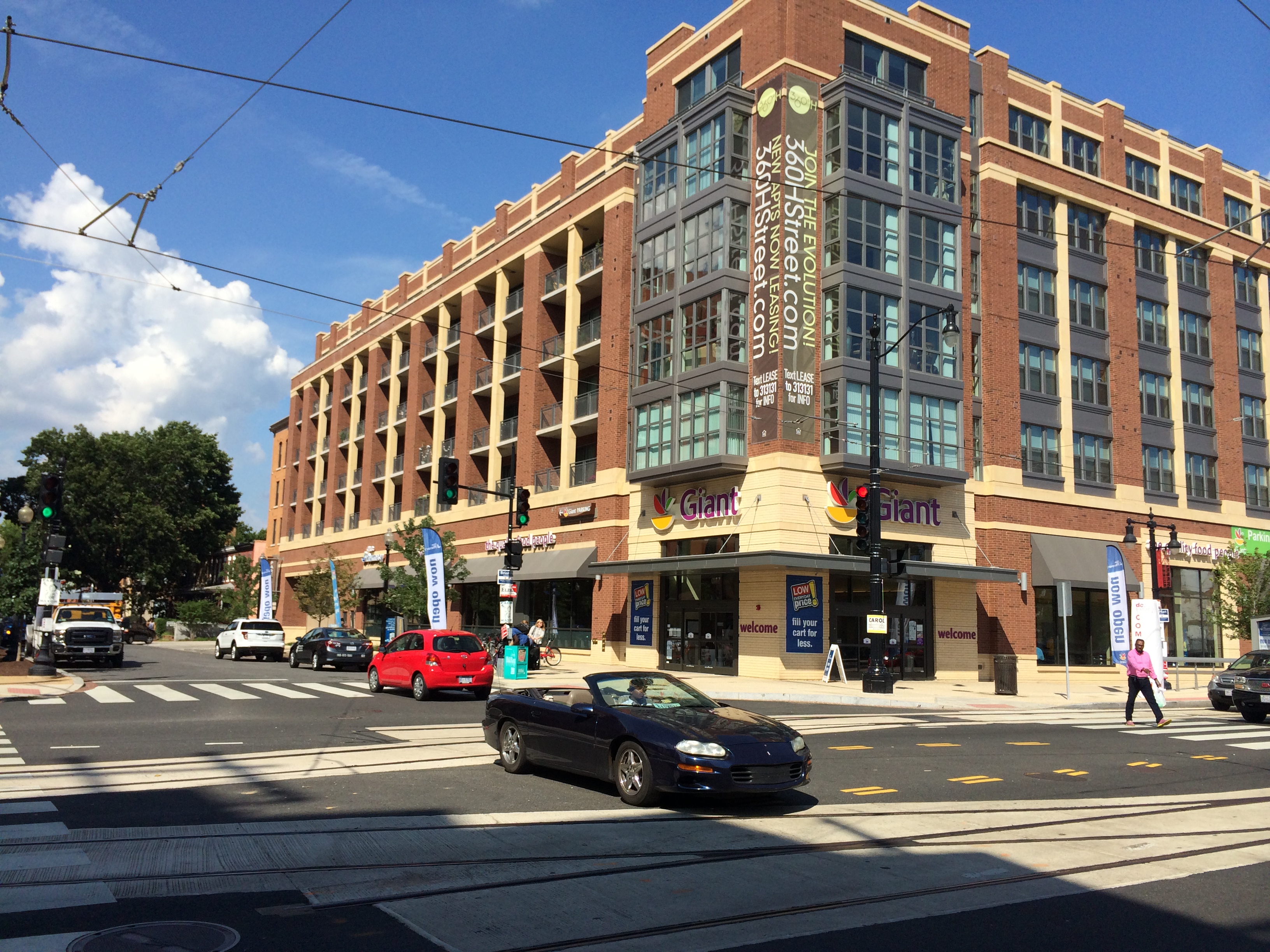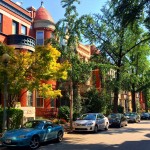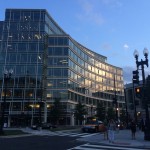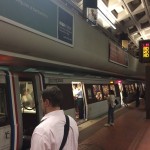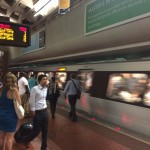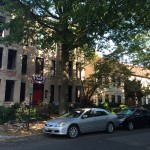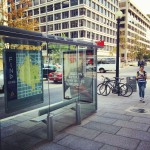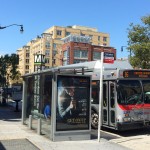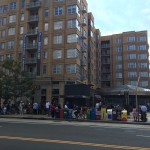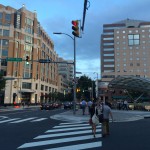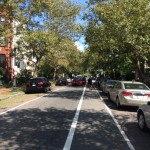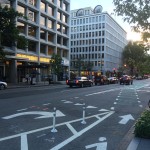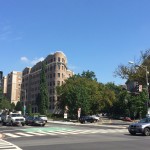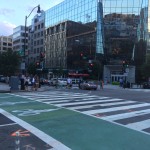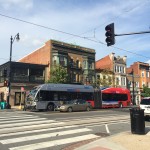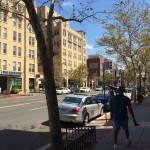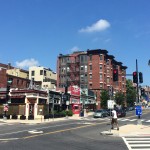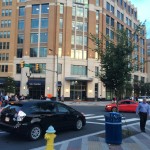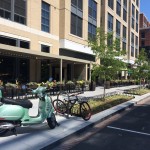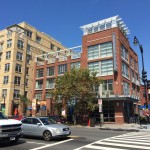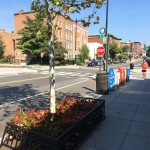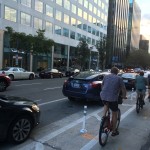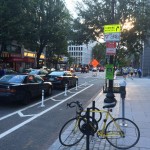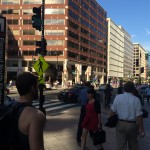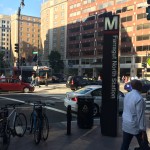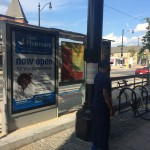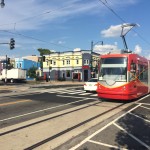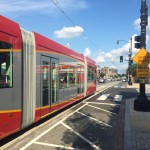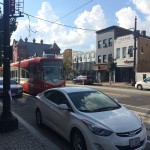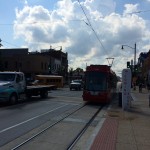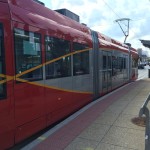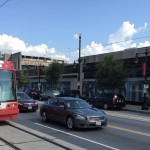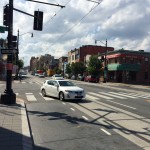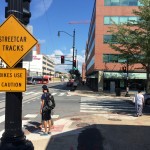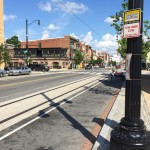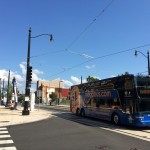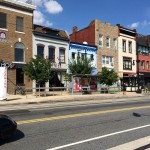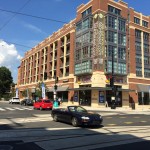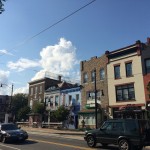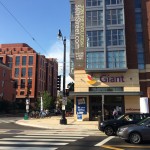Washington D.C. has, perhaps, the nation’s most prosperous and booming urban economy. It is a city that has also become defined by its highly educated, young workforce.
Over the past decade or so, the nation’s capital has also been transforming its transport network in a way to make it more multi-modal and improve mobility.
One of the most striking things upon arriving in Washington D.C. is the sheer number of bike lanes. And not just bike lanes, but protected bike lanes. As many cities have begun noticing in recent years, striped bike lanes next to moving traffic are not enough, and that protected bike lanes that separate cyclists from moving traffic with bollards or on-street parking are far superior.
As a result, you see many of the newer bike lanes in Washington D.C. receiving this treatment, and many of the older lanes being transitioned over, as possible, to protected facilities. To this end, it should come as no surprise that the city has one of the nation’s highest percentages of people commuting by bike.
In addition to that, Washington D.C. launched North America’s first bikeshare system in 2008 when SmartBike DC opened with 120 bikes at 10 stations. After some initial struggles, a new system called Capital Bikeshare was launched in September 2010 and currently boasts more than 2,500 bikes at more than 300 stations.
This new system extends beyond the District of Columbia into three additional nearby jurisdictions and stands as one of three biggest bikeshare systems in the United States along with New York City’s CitiBike and Chicago’s Divvy.
I used Capital Bikeshare to make an approximate two-mile trip from near the U Street Metro Station to Washington Union Station. The journey was a breeze and preferable, to me at least, to using a taxi or the city’s well-functioning transit system.
Upon arriving at Union Station I met a friend to check out one of Washington D.C.’s other marque transportation projects at this time. The H Street/Benning Road modern streetcar line terminates here and extends approximately 2.4 miles to the east, and is part of a larger 37-mile streetcar network that will include five lines in total.
The $137 million starter line is in the final stages of construction, with train vehicles and their drivers currently being tested and trained along its route. Project officials expect it to open to riders in early 2015.
Walking the route was not all that pleasant thanks to the hot temperatures and only brief areas of shade along the busy street, which serves a bevy of transit operations including Megabus, Greyhound and Bolt intercity buses, articulated city buses and now the streetcar. Fortunately a mid-afternoon stop at a local Mexican eatery, with plenty of guacamole to go around, made the overheated outing more tolerable.
While H Street is a largely a hit-or-miss commercial corridor, its immediately surrounding residential streets are expectedly charming and offer a good foundation from which to build. Some development has already begun to spring up along the line, including a slew of residential projects and a 41,000-square-foot grocery store. There are also signs of renewed interest in many existing buildings that have new restaurants and shops opening up within them.
Of course not everything that is happening in Washington D.C. is related to infrastructure or transportation enhancements. There is, overall, just an extraordinary amount of new construction taking place and a far-reaching sense of vitality. One cannot help but think that there is at least some connection between these policy decisions and investments, and vibrancy on the ground.
EDITORIAL NOTE: All 39 photos were taken by Randy Simes for UrbanCincy between Wednesday, September 3 and Friday, September 5.
